Georg Menz
In-Context Operator Learning for Linear Propagator Models
Jan 25, 2025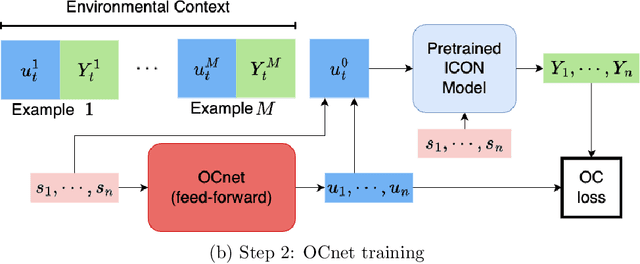

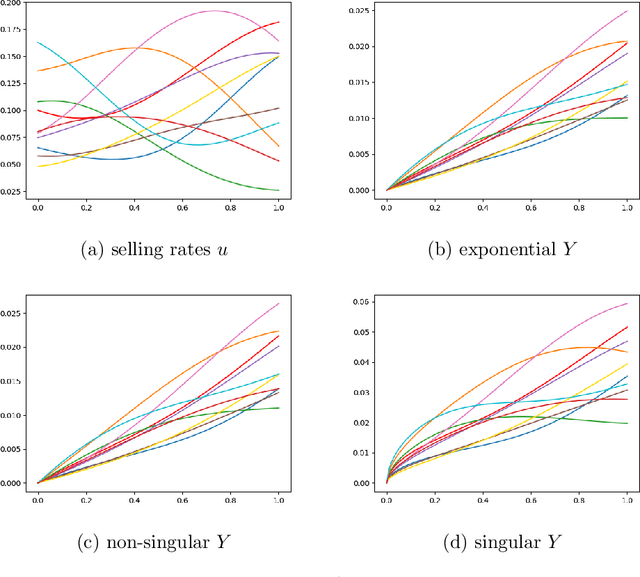

Abstract:We study operator learning in the context of linear propagator models for optimal order execution problems with transient price impact \`a la Bouchaud et al. (2004) and Gatheral (2010). Transient price impact persists and decays over time according to some propagator kernel. Specifically, we propose to use In-Context Operator Networks (ICON), a novel transformer-based neural network architecture introduced by Yang et al. (2023), which facilitates data-driven learning of operators by merging offline pre-training with an online few-shot prompting inference. First, we train ICON to learn the operator from various propagator models that maps the trading rate to the induced transient price impact. The inference step is then based on in-context prediction, where ICON is presented only with a few examples. We illustrate that ICON is capable of accurately inferring the underlying price impact model from the data prompts, even with propagator kernels not seen in the training data. In a second step, we employ the pre-trained ICON model provided with context as a surrogate operator in solving an optimal order execution problem via a neural network control policy, and demonstrate that the exact optimal execution strategies from Abi Jaber and Neuman (2022) for the models generating the context are correctly retrieved. Our introduced methodology is very general, offering a new approach to solving optimal stochastic control problems with unknown state dynamics, inferred data-efficiently from a limited number of examples by leveraging the few-shot and transfer learning capabilities of transformer networks.
Applications of Online Nonnegative Matrix Factorization to Image and Time-Series Data
Nov 10, 2020
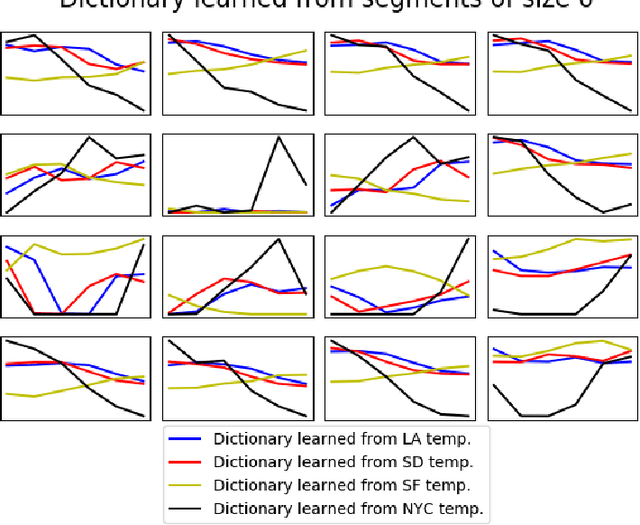
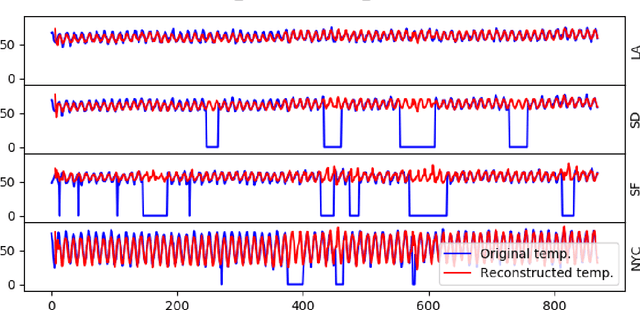
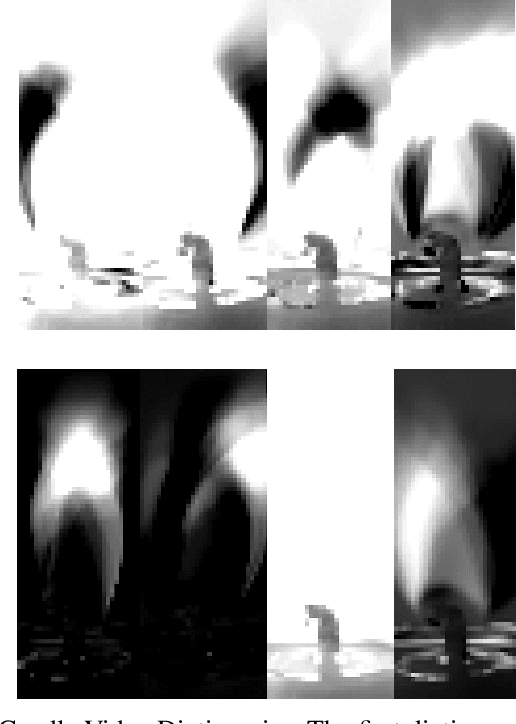
Abstract:Online nonnegative matrix factorization (ONMF) is a matrix factorization technique in the online setting where data are acquired in a streaming fashion and the matrix factors are updated each time. This enables factor analysis to be performed concurrently with the arrival of new data samples. In this article, we demonstrate how one can use online nonnegative matrix factorization algorithms to learn joint dictionary atoms from an ensemble of correlated data sets. We propose a temporal dictionary learning scheme for time-series data sets, based on ONMF algorithms. We demonstrate our dictionary learning technique in the application contexts of historical temperature data, video frames, and color images.
* 9 pages, 8 figures
COVID-19 Time-series Prediction by Joint Dictionary Learning and Online NMF
Apr 20, 2020

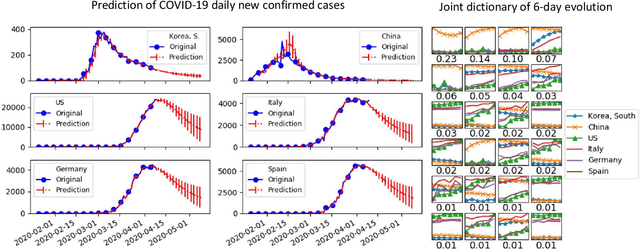

Abstract:Predicting the spread and containment of COVID-19 is a challenge of utmost importance that the broader scientific community is currently facing. One of the main sources of difficulty is that a very limited amount of daily COVID-19 case data is available, and with few exceptions, the majority of countries are currently in the "exponential spread stage," and thus there is scarce information available which would enable one to predict the phase transition between spread and containment. In this paper, we propose a novel approach to predicting the spread of COVID-19 based on dictionary learning and online nonnegative matrix factorization (online NMF). The key idea is to learn dictionary patterns of short evolution instances of the new daily cases in multiple countries at the same time, so that their latent correlation structures are captured in the dictionary patterns. We first learn such patterns by minibatch learning from the entire time-series and then further adapt them to the time-series by online NMF. As we progressively adapt and improve the learned dictionary patterns to the more recent observations, we also use them to make one-step predictions by the partial fitting. Lastly, by recursively applying the one-step predictions, we can extrapolate our predictions into the near future. Our prediction results can be directly attributed to the learned dictionary patterns due to their interpretability.
 Add to Chrome
Add to Chrome Add to Firefox
Add to Firefox Add to Edge
Add to Edge